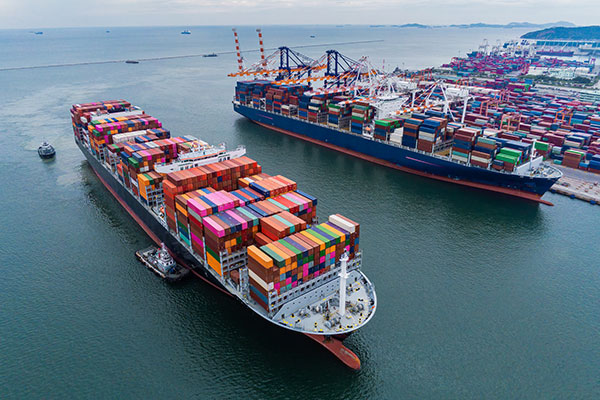The cleanest voyages on the water aren’t being made by brand-new vessels. In fact, the most efficient container ships are between 11 and 15 years old, outperforming newer fleets despite billions being spent worldwide on fleet renewals.
What’s Related
That’s one of the key takeaways from VesselBot’s Decoding Maritime Emissions Q3 2025 report, which analyzed more than 73,000 containership voyages around the world. The findings suggest that how ships are operated, including route choice, vessel loading, and speed, play a larger role in emissions than age alone.
Key trends
Voyages increased, emissions held steady: The number of trips rose slightly from last year, yet total emissions stayed about the same.
Bigger ships, lower impact: Large container ships running full loads on long routes are proving far more efficient than smaller feeder vessels making shorter, stop-and-go trips.
Design differences: Ships built in South Korea generally showed better efficiency than those built in China, due to differences in design and how they’re deployed.
The findings challenge the long-held belief that newer always means cleaner — a message that could reshape how carriers, shippers, and investors think about decarbonization across the container supply chain.


